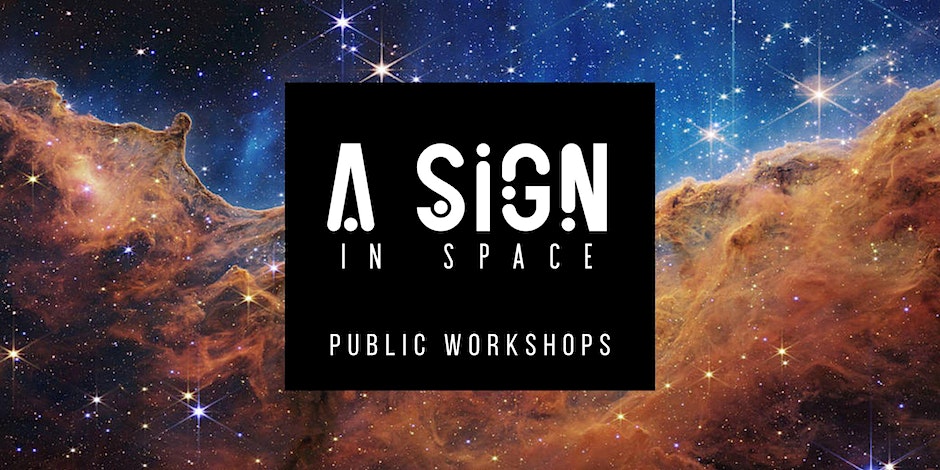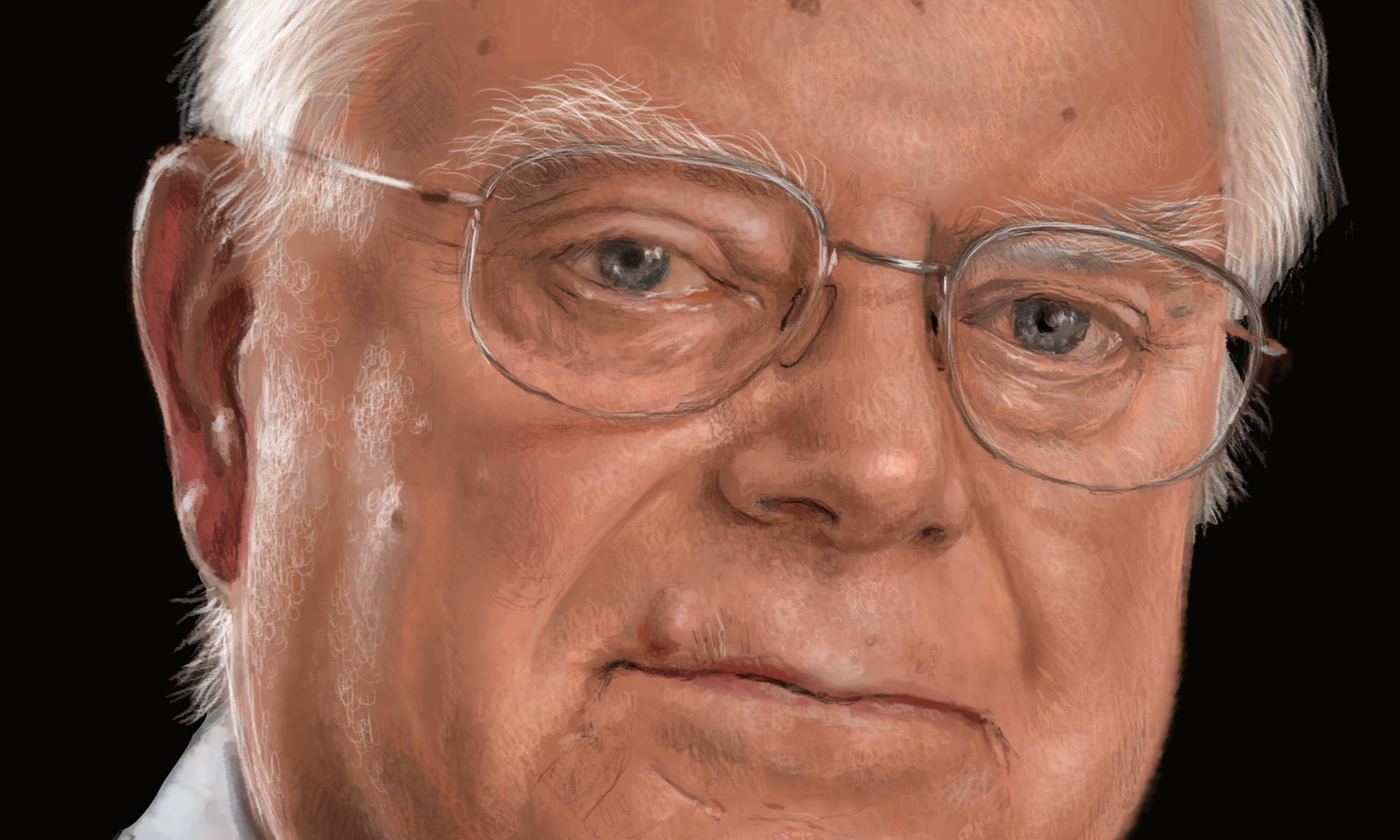Is humanity alone in the Universe? Is anyone out there? Where is everybody? And what happens if and when we make contact with them? These and other questions were the subjects of the 2023 Penn State SETI Symposium hosted by the Penn State Extraterrestrial Intelligence Center (PSETI) from June 19th-22nd, 2023. The event featured prominent speakers from various research fields and disciplines discussing the challenges, history, and future of SETI. In the great tradition established by Dr. Frank Drake, they also addressed key issues related to the search for intelligent life and what we might find someday.
The summit opened with a series of overviews, a review of the past year (since the last summit), and a presentation by Dr. Rebecca Charbonneau, a science historian and Jansky Fellow at the National Radio Astronomy Observatory (NRAO). Her presentation, titled “Frank Drake and his Place in History,” provided a retrospective on the life and accomplishments of famed radio astronomer and SETI pioneer Dr. Frank Drake (for whom the Drake Equation is named), how he altered the character of the field, and how history will remember him.
The PSETI Center actively collaborates with other institutions, including the Breakthrough Listen Laboratory at the Berkeley SETI Research Center and the SETI Institute in Mountain View, California. While originally inspired by the NASA Technosignature Workshop held in 2018 (which many members of the PSETI Center attended), the first SETI Summit did not occur until 2022 due to the COVID pandemic. This year marked the second annual summit and included Plenary Sessions in which experts discussed the history of SETI and its contributors, Breakout Sessions that addressed ethical issues, and results from some of the latest searches for technosignatures, panel discussions, and Q&A sessions.

A Pioneer
On September 2nd, 2022, Dr. Frank Donald Drake passed away at the age of 92. Drake is perhaps best known for his probabilistic argument that calculates the number of extraterrestrial civilizations (ETCs) that humanity could communicate with – the Drake Equation. But his contributions to science and the search for extraterrestrial intelligence (SETI) go far beyond that. In addition to mounting the first-ever SETI experiment (Project Ozma), he was integral to the most important attempt to Message Extraterrestrial Intelligence (METI) – the Arecibo Message.
In honor of Drake, Dr. Rebecca Charbonneau – a science historian and Jansky Fellow at the National Radio Astronomy Observatory – delivered a lecture at the recent Penn State SETI Symposium. The lecture, titled “Frank Drake and his Place in History,” focused on Drake’s life, accomplishments, his place in history, and how future generations will remember him. One thing she highlighted, which she knew from personal experience, was the man’s kindness. This impression only deepened upon reviewing the NRAOs archives, which provided multiple examples and his warmth and friendly nature. As she indicated, they also revealed that Drake was an early champion for women in science:
“At NRAO, we have a summer student program. It includes things like an NSF-funded REU experience, but also undergraduate and graduate internships. And this has been happening since 1960, so it’s probably one of the oldest astronomy student programs in the United States. Frank was the first summer student program coordinator at NRAO in 1960, and he actually advocated for women being allowed to participate in the first ever class of summer students. He was highly and strongly discouraged by the [NRAO] deputy director at the time. He was told that it was a ‘waste of our funds to have summer students in the program who are women,’ because we would just get pregnant and not go into the field and do anything. And Frank pushed back against it.”
And, as Dr. Charbonneau said, two of his first students – Elen Gunderson and Margaret Hurley – assisted Dr. Drake with organizing Project Ozma, demonstrating the valuable contributions of women in science. Another major issue Dr. Charbonneau addressed was the title often attributed to Drake – the “Father of SETI” – even though he was not the first scientist to search for evidence of intelligent life in the cosmos.

“Father of SETI”
Whereas Project Ozma is often credited as being the first SETI project (and Drake the first SETI scientist), there were historical antecedents to this experiment that are often overlooked. At the heart of it, said Charbonneau, lies the problem of definitions and qualifiers, which do not clarify the issue one bit:
“People have been thinking about extraterrestrial inelligence for millennia, as early as the Greek atomists wondering about the ‘plurality of worlds.’ And so, one might be tempted to say ‘Okay, well SETI is when we first started actually looking. And Project Ozma is the first SETI project.’ But that’s not quite right either, because if you go through the historical record, there are a number of cases where you an find people who made (*what I call) ‘search attempts’ – or, at least, search proposals.”
The examples Charbonneau cited included 19th-century mathematician Karl Gauss’, who proposed creating a giant petroglyph of the Pythagorean Theorem that he believed would be visible to intelligent beings living on the Moon. There were also the experiments of early radio pioneers like Guglielmo Marconi, Thomas Edison, and Nikolai Tesla, who reported detecting signals with their wireless telegraphy equipment – which they believed were from Mars or outer space – and recommended using emerging radio technology for interplanetary communication.
Then there were Percival Lowell’s telescopic observations of Mars in the late-19th and early-20th centuries in search of “canals” and other indications of an advanced civilization. And there was the “National Radio Silence Day” campaign led by American astronomer David Peck Todd and the U.S. Naval Observatory in August of 1924. Coinciding with a Mars Opposition that brought the two planets to the closest they’d been in a century, people were encouraged to turn off their radios for five minutes on the hour, every hour, for three days (August 21st to 23rd) so Todd and his colleagues could “listen” for signals from Mars with a dirigible-mounted radio receiver.
But in the end, said Charbonneau, Project Ozma still “feels” like it was the first SETI experiment because it shifted the character of the science. She argued that it comes down not to a change in ideas or tools but timing, as it happened during the Cold War and the early days of the Space Race. “This was a moment in time where there was a great public consciousness about space, and it was the first moment in space when there were the first artificial signals in space,” she said.
The events of this period – the first satellites to space, the development of intercontinental ballistic missiles, and efforts to send the first humans into orbit – fundamentally altered the nature of what the scientific community and general public were interested in. Hopes for achieving some of the greatest dreams of humanity (setting foot on another celestial body) intermingled with fears of nuclear annihilation.

Longevity of Our Civilization
Furthermore, Charbonneau posited that Frank’s greatest contribution was not Project Ozma but the Drake Equation. To recap, the Equation states that the number of civilizations in the Milky Way that humanity can communicate with (N) comes down to the rate of star formation in our galaxy (R*), the fraction of those stars with planetary systems (fp), the fraction of those planets that are habitable (ne), the fraction of planets where life will emerge (fe), the fraction of planets that will develop intelligent life (fi), the fraction of civilizations that will develop transmission technology (fc), the length of time these civilizations will transmit signals to space (L). Mathematically, the Equation is expressed as follows:
N = R* x fp x ne x fe x fi x fc x L
What is particularly special about the Drake Equation, said Charbonneau, is that it changed the character of how we think about extraterrestrial life and the existence of our species and planet. Once again, this resulted from living in an age when nuclear annihilation was not just considered a possibility but a constant threat. In this respect, she claims that the most significant part of the Drake Equation is the variable that expresses the longevity of civilizations (L) as a measure of their detectability:
“Suddenly, with the development of the atom bomb and the Cold War, we were for the first time capable of not just destroying our civilization. This is not about the Fall of Rome, this is about the end of our entire species, and indeed, perhaps our enire planet. And because of that, L is what really changed he character of how we think about SETI. And I think that Frank agreed with that.”
There is certainly a case to be made for this. As we explored in a previous article, it has been suggested that humanity has not heard from any extraterrestrial civilizations (the Fermi Paradox) because they are all dead. A slight variation on this theory is The Brief Window Hypothesis, which asserts that communicating with an ETC is a matter of timing, and if we’re not in the right window, we will miss their transmissions. There’s also the Great Filter Hypothesis, which contends that something in the cosmos could prevent life from reaching an advanced stage of development (the point where their presence and activities would be noticed).
This “filter” could be anything from natural causes (flare activity, gamma-ray bursts, etc.) to intelligent life being prone to self-destruction (nuclear war, ecological damage, etc.). When examined through the lens of history, it becomes apparent that SETI is very much influenced by the time period in which it takes place. By conducting his pioneering work in the early 1960s and adopting an approach that appreciated the complexity of searching for evidence of intelligent life, Drake helped establish frameworks and practices still in use to this day.

The “Comic Mirror”
As a final note, Charbonneau addressed the nature of SETI and a common cliche that is often raised. This is known as the “Cosmic Mirror,” which essentially states that the field of SETI tells us more about our civilization than it does about extraterrestrials. While this claim is arguable, given that humanity is the only technologically-dependent civilization we know of, Charbonneau characterized it as “a bit hoaky,” likening it instead to a “prism.” This is especially true where Project Ozma, the Arecibo Message, and the legacy of Frank Drake are concerned.
As Charbonneau illustrated, the earliest experiments were plagued by examples of projection and mirroring. This included Marconi’s belief that he could talk to Martian in Morse Code using his telegraph, as it was the established means of communicating at a distance in his time. Percival Lowell’s search for major infrastructure on Mars was similar in that it coincided with the U.S. digging of the Panama Canal in Latin America while the British had finished work on the Suez Canal a few decades prior. In both instances, they were looking for signatures that reflected what they saw going on in the world at the time.
Frank, in contrast, was “refracting” our world onto extraterrestrial civilizations. In the process, he changed how people imagine our planet’s future (and those of potential extraterrestrial civilizations) in a way that highlighted our hopes and fears. And that, said Charbonneau, is a very powerful tool that we are still discussing, debating, and writing about today:
“What are we talking about at this conference? Artificial intelligence, pollution SETI, atmospheric technosignatures. Our present concerns are showing up again in our ideas and the Drake Equation, L – the medium through which our ideas are passing through – affect the character of our search. And so I think that that is Frank Drake’s legacy. I think that he is a fantastic innovator, and I think that he has radically shifted the way think not only about worlds out there, but our own.”
Check out the 2023 Penn State SETI Symposium homepage and click on the Agenda option to access videos and abstracts of the many presentations.

